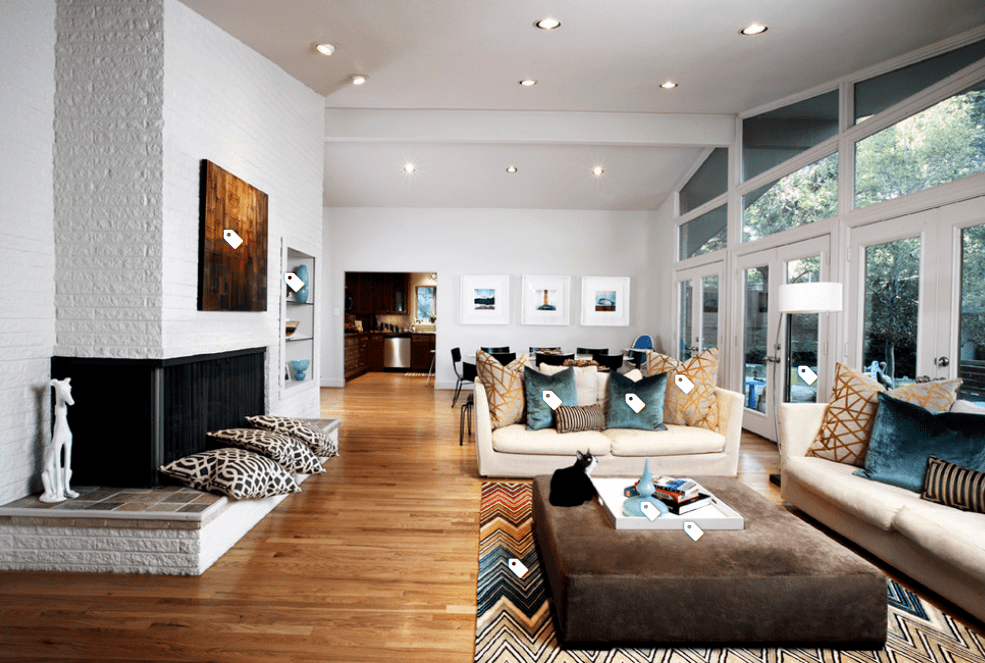Life expectancy in Canada and the United States is almost 80, and more than 50 million of North Americans are older than 65. Obviously, only these figures alone would be enough to require a rethinking of home design. Include in that the increased number of handicapped individuals which fortunately, are not institutionalized thanks to recently medical breakthroughs, and there’s a huge demanding for remodeling homes and designing residences that meet the requirements of people of different ability levels and sizes.
Architects, designers, builders, contractors and homeowners looking to increase the ease of access in residences should take in consideration three aspects, namely:
- Accessible Design;
- Aging-in-Place Design;
- Universal Design.
There are many overlaps among these factors, and while some professionals mention them reciprocally, in fact each has its own identity that has actually led to a unique method to creating, building, designing, redesigning and remodeling.
Watch amazing videos in our YouTube channel:
Grig Stamate – Interior Design Solutions – YouTube
Accessible Design: Ensuring access for people with disabilities
Americans are most likely most accustomed to accessible design. Why? Because since its flow in 1990, the Americans with Disabilities Act (ADA) has actually been mandatory for public and governmental buildings except single-family homes. However, “ADA compliant” is often made use of to describe residences constructed with the kind of accessibility functions usual to any building required to comply with ADA requirements.
The ADA is focused especially on individuals with disabilities– to ensure that they aren’t obstructed from accessing spaces and buildings because of their specific disabilities. It has therefore extremely important in ensuring an easy access for people with disabilities to locations such as institutions, galleries, workplace buildings, galleries, museums, schools and swimming pools. Since the ADA is developed around enforceable needs, compliance can be determined. This could lead, however, to projects that comply with the demands however that detract from a building’s style or aesthetics and of course that inadvertently set up a dichotomy in between the people with disabilities and the able-bodied.
Universal Design: Accessibility without sacrificing aesthetics
Universal design starts from extremely inclusivity position. Instead than concentrating on people with physical disabilities, it concentrates on ordinary persons. So, universal design suits persons who do not come under the group of disabled but which however frequently experience challenges running through spaces and buildings, such as young children, tall people, short people, elderly and pregnant women. Universal design is intended to incorporate ease of access attributes into a building in a visually pleasing means. As designer and developer Mary Jo Peterson claims, “Universal design is consistently desirable, or it’s not global design.” Whereas a ramp alongside of an entrance stairway may make a residence easy accessible to a person with disability, a home constructed according to the principles of universal-design would certainly have an entrance without steps designed specially to be easily accessible to everybody– not simply an individual in a wheelchair but people pulling a baggage on wheels or pushing a dolly or a stroller.
No design or project can foresee each form of disability. However, if a resident of such a building (universal-designed house) ends up being handicapped, the house will remain easily to navigate. If that individual needs a stair lift or grab bars, they can be easily installed, even an elevator if it is needed.
Aging-in-Place Design: Helping owners to live in their houses
While aging-in-place design may easily be included into new building, it is usually utilized when homeowners make sure that they can live in their homes without major problems as long as possible. Of course, this is preferable to relocating to a living center, not to mention it is much less costly. In addition, if a physician regards that adjustments made to a home are clinically required, the expense of those changes could be tax insurance deductible. Most of the usual features of an aging-in-place deign such as lever handles, wider and automatic doors, curb less showers, taps, additionally can be install in universal-design homes. In fact, aging-in-place design is conceived for homes to be easily accessible for the homeowners as they age.
Here, you can read another interesting post from our website:
Under-Stair Area Design Solutions | How To Build A House (howtobuildahouseblog.com)

